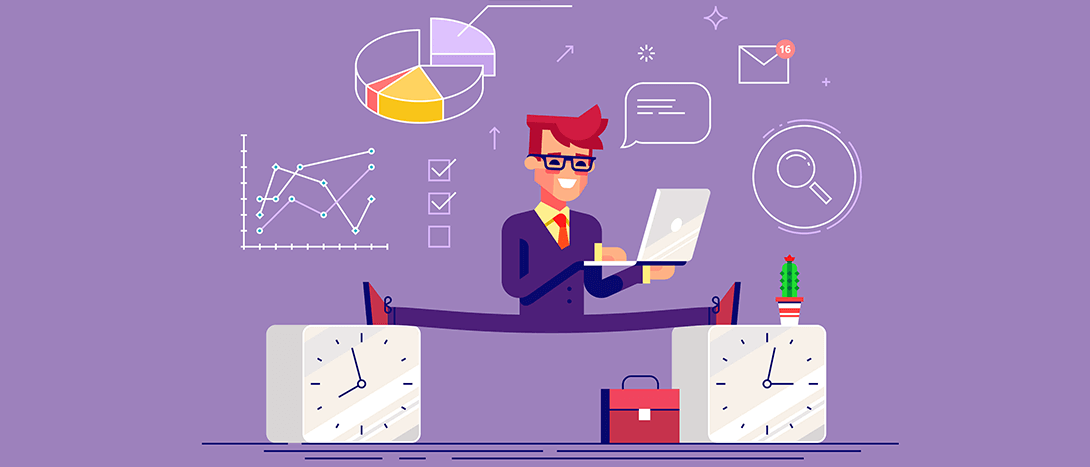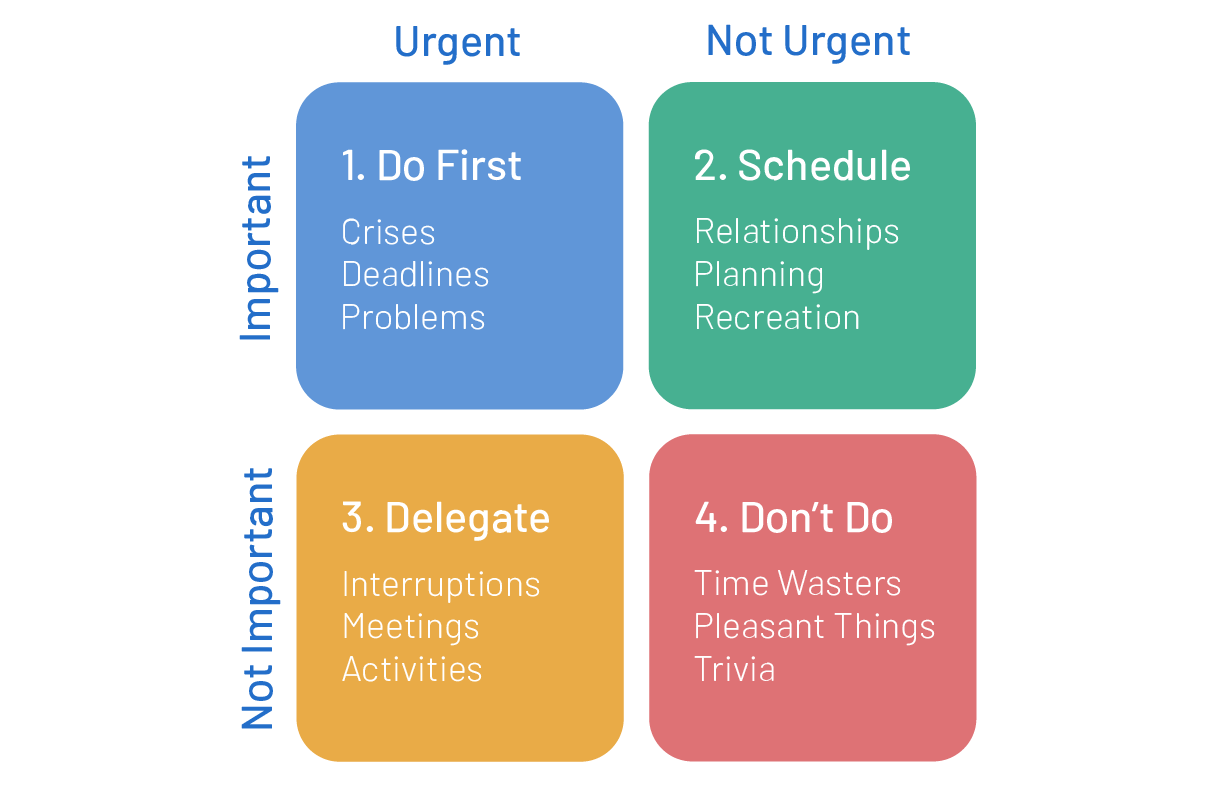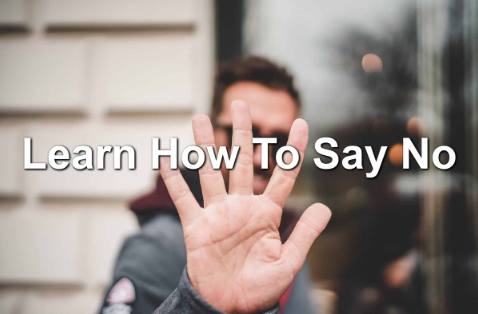In today’s world, managing our time well is key to success and happiness. Studies show managing our time better can help us work better, feel less stressed, and get more done.

Many workers feel stressed and unmotivated because they have too much to do. But, if we focus on important tasks, make clear daily plans, and use good time strategies, things can get better. Remember, most of what we achieve comes from a few really important activities.
The Pomodoro Technique is a good example. It involves working for a set time, then taking a break. This helps us use our time better and be more productive. The Eisenhower Matrix is another helpful tool. It sorts tasks by their importance, helping us to prioritize.
Another useful idea is timeboxing. This is when we give each task a specific time. Adding short breaks can also make us work better. It’s important to stay away from things that distract us, like social media, and to avoid interruptions.
By following these tips, you can improve how you manage your time. This will help you get more done, in less time. It can also make your work-life balance better and more enjoyable.
Understand How You Spend Your Time
It’s important to know where you spend your time to get more done. By looking at what you do each day, you can use your energy better and reach your goals. Tracking your time can show you what habits to change and where you waste time.
Track Your Time
Keeping a time log helps you see how you spend your time. This is from your work to what you do for fun. Tools like Harvest and TrackingTime work well with Slack to help keep track easily.
Identify Time Wasters
Finding and reducing things that waste your time is crucial. These could be using your phone too much or not handling emails well. By dealing with these, you can be much more productive.
Use Time-Tracking Tools
Time-tracking tools are great for finding what slows you down. They also help plan your day when you work best. Harvest and TrackingTime have great features for tracking your time. Plus, they work with Slack to make teamwork easier and more effective.
Create a Daily Schedule
It’s key to make a daily schedule with clear time blocks. This helps keep productivity up and get tasks done well. It doesn’t matter if you’re studying or working, planning your day can change how you use your time.
Set Realistic Timelines
Many folks often think they can do things faster than they really can. To avoid this, setting realistic time goals is important. The PERT estimation method looks at best, worst, and likely times for a task. It makes sure your plan is practical and works well.
Include Breaks and Buffers
Adding extra time in your days for “just in case” moments is wise. It keeps plans flexible. Tools like Lucidchart highlight that having extra time in your schedule is vital. This time allows you to keep your cool and be more effective.
Stick to Your Plan
Keeping to your schedule shows self-control. When you focus during your set hours, you cut back on distractions. This boosts how much you get done. Tweaking your plan after looking at what works helps you manage time even better.
Benjamin Franklin once said that skipping half a workday is like wasting half your pay. Being disciplined and following your schedule stops this waste. It makes you more effective overall.
Time Allocation: Prioritize Tasks

Task prioritization is key to planning well. It lets us focus on what matters most. A good to-do list with dates and tasks helps us stay on track.
First, know what you want to achieve short or long-term. The Eisenhower Matrix is great for sorting tasks. It separates them into urgent/important, not urgent/important, urgent/not important, and not urgent/not important. This method helps choose what needs attention now, what can wait, what to give to others, and what to drop.
Next, quick tasks, like those needing two minutes or less, should be done right away. This is known as the 2-Minute Rule. It keeps your list tidy and makes you more efficient. Also, there’s the Pomodoro Technique where you work for 25 minutes then take a break. This method helps avoid getting tired.
Some tasks are more important than others, like with the 80/20 rule. It says 20% of tasks are crucial, the rest are not as big a deal. Knowing this makes you focus on what’s most important. Grouping similar tasks, or task batching, also helps. It keeps the work flowing and decreases the effort of changing gears.
Having a plan and using methods like the Eisenhower Matrix makes busy days doable. This way, important tasks get done and everything feels less overwhelming. It makes for a productive and calmer workplace.
Leverage Automation Tools
Using automation tools can change how you do your job. They save you time for better, more important work. For instance, you can make self-assessments or handle data entry tasks every week faster and with fewer mistakes. This boosts productivity.
Identify Repetitive Tasks
First, find tasks that happen again and again. For businesses, automating finding people on social media means saving many hours. This lets you put more focus on bigger, more important things. Automating how you find and talk to possible job candidates also speeds things up for recruiters.
Select Appropriate Tools
Choosing the right tools is key for making automation work. The Slack Workflow Builder is great for anyone, even without coding skills. It works with Zapier, too. This combo can help with things like tracking payments easily. Using this kind of software and tools can cut down on mistakes and delays in work.
Monitor and Adjust Automations
Keep an eye on how your automations are doing. Regular checks and feedback help you improve them. Tools that look at data for you make this process smoother and more accurate. They help you keep your automated systems on track and working well.
Handle the Most Challenging Tasks First
The “Eat That Frog” method is from Brian Tracy, a top expert in leadership. He says to start with the hardest tasks in your day. This way, you tackle tough things first and make your day better. You get a lot done and feel good right away.
Sort your tasks into groups: want to do and need to, want to but don’t need to, and don’t want to do but need to. The hardest task is called the “frog.” If you do the frog first, you’ll avoid getting pulled away by emails or meetings. This lets you dive deep into your work and make real progress.
Focusing on the most important task early uses your best working hours. It makes sure your work really counts. This method helps you work smarter, not just harder. By doing the hard stuff first, the rest of your day feels easier.
To manage tough tasks, planning and time control are key. Break big jobs into small ones. Then, organize them over time. This makes work less daunting and more achievable. A smart work schedule around when you’re most productive helps a lot. It lets you rule your tasks, not the other way around.
Group Similar Tasks Together
Batch processing is a great way to get more done. It means doing all similar tasks together. This helps save time and makes you feel less stressed.
For example, you can set a time for answering emails. Then, another time for updating projects. This way, you focus better and don’t waste time switching from one task to another. It also helps you avoid putting things off, which makes you work better over time.
Organizing your tasks into groups can also make your workspace more efficient. Tools like ClickUp let you sort tasks by color and time. ClickUp also uses AI to make lists and has a special view for tracking important dates and times.
When you batch tasks, it’s easier to know what to do next. This makes your day less tiring. And, it lets you spend time on creative work or relaxing, instead of always making decisions. As a result, you make less mistakes, work better, and have a more enjoyable time at work.
Capitalize on AI for Productivity
In today’s fast-paced work environment, using artificial intelligence can boost productivity a lot. Tools like Slack AI and generative AI help a bunch. They make it easier to get info quickly, summarize content, and make communication smoother.
Use AI for Quick Information Retrieval
One cool thing about AI is how fast it finds info. AI tools answer questions in real-time. This cuts down the time you spend looking through lots of data. For instance, Slack AI gives smart answers, helping you find the info you need fast.
Utilize AI for Summarizing Content
AI is great at making summaries too. Generative AI can take long documents and make them short and easy to understand. This is super useful for professionals handling big info loads. These tools help you see the main points clearly and quickly.
Implement AI for Streamlining Communications
Good communication is key for any business. AI plays a big part in making it smoother. Slack AI, for example, helps catch up on chats without endless scrolling. It automates some talks and gives updates on time. This way, it boosts team work and productivity.
Know When to Say No
Learning how to say no is really important. It helps with managing your time well and staying healthy. Knowing when to stop and say no can help you say yes to things that matter most. Says Forbes, always saying yes can make you tired and burnt out.
Saying no to some tasks helps you live a more even life. It stops you from feeling angry or too stressed. People often say yes even when they want to say no, to be nice or avoid problems. But saying no helps keep the job quality high by not taking on too much.
Learning to say no in small matters can make you more sure of yourself. Lots of coaches say that saying no is key to being better at work and in your personal life. You can try different ways to manage your time and tasks better. This makes it easier to say no to things that don’t really matter.
Putting off work can waste a lot of time. Setting limits and sharing tasks with others can help. In 2020, a lot of time was lost in the UK because people were stressed from work. Knowing when to say no can help a lot with how well you handle your time and get things done.
It’s good to clearly say no to things that don’t fit your goals. This stops you from feeling swamped and makes you more productive. Saying no means you’re focusing on saving your energy and making sure tasks get done right. This keeps you focused on important stuff and keeps you balanced in work and life.
According to Alice Dartnell, saying no to not important tasks is a great time management skill. Saying no helps protect your time and allows for better scheduling. It’s not only about being strong, but it’s also key for doing well in a busy job.
Conclusion
Time management is key for both improving how you work and growing personally. Start by tracking how you use your time. This helps you find and cut out things that waste time. Make a schedule that’s practical, including time for breaks. This will help you use every moment well.
Use the Eisenhower Matrix to decide what’s most important. This will make you more productive and prevent you from getting tired. Try to do tasks that are alike together. Use tools to do tasks that come up often. Tackle hard tasks first to save energy. And, don’t be afraid to say no to things that will make you too busy.
With the right use of time, you’ll find a better balance. Less stress and achieving your goals quickly opens doors to more job opportunities. It also feeds into your happiness. By following these methods, you create a clear path to success. This way, every minute is a step toward what you want to achieve in both your personal and work life.
FAQ
What are some effective time management strategies to boost productivity?
Tracking your time helps a lot. Use the Eisenhower Matrix to pick tasks. Make a realistic schedule. Use tools to automate and tackle hard tasks first. This reduces stress and boosts productivity.
How can tracking my time help improve productivity?
By tracking time, you see what’s productive and what’s not. This lets you cut down on time-wasting activities. You can then focus more on what really matters, making you more efficient.
What tools can help with time-tracking and analyzing productivity?
Harvest and TrackingTime are great for time tracking. They work well with Slack. This helps you see where time goes and improve how you work. You can then spot and change habits that slow you down.
How do I create a daily schedule that includes time blocks?
Break your day into time blocks for tasks. Make sure your plan has time for everything, including breaks. Follow it closely to get the most done with your day.
What is the Eisenhower Matrix and how can it help prioritize tasks?
The Eisenhower Matrix sorts tasks by importance and urgency. It shows what to do first, later, or not at all. Using it makes sure you tackle the most important things first, reducing stress.
How can automation tools, like Slack’s Workflow Builder, enhance productivity?
Slack’s Workflow Builder and other automation tools do your simple tasks for you. This makes more time for harder work. They’re easy to use and make everything flow better, improving your productivity.
What is the “Eat That Frog” method, and how does it combat procrastination?
“Eat That Frog” says to do the biggest task first each day. This clear big task cuts down on avoiding work. It helps you focus and get important things done without delay.
How does batch processing improve time efficiency?
Batch processing saves time by doing similar tasks together. It keeps your mind on one type of work at a time. This way you waste less time switching between tasks, getting more done.
How can AI tools like Slack AI contribute to productivity?
AI in tools like Slack makes work easier and faster. They help find info quickly and communicate better. No special training is needed, making it easy to use and saving you time.
Why is it important to recognize personal limits and say no?
Knowing your limits and saying no to extra tasks keeps you focused. It saves your energy for what matters most. This prevents getting overwhelmed and helps you stay productive and successful.
How do effective time management strategies contribute to personal and professional success?
Good time management improves the quality and efficiency of your work. It lowers stress and boosts your confidence. By using time well, you reach your goals faster, finding success and satisfaction both personally and professionally.

More Posts
11 Ways to Deal with High Performance Toxic Employee
Managing high-performing staff who act toxic is tricky. These employees might work hard, but they can hurt the team and work culture. Toxic behavior can significantly impact a company's culture, leading to high...
8 Tips for Efficient Time Management During Exams
Time management is key to doing well in exams, yet nearly 88% of students find it hard. They struggle to balance study, fun, and self-care, often leaving things until the last minute. This...
7 Ways to Overcome a Time Scarcity Mindset
Many say we all have 24 hours a day. But, everyone faces different challenges, especially at work. 78.7% of professionals feel rushed all the time. They worry about their huge workloads. Research shows...
How to Organize Your Goals and Create Action Plan
One of the essential things we do to achieve goals, whether personal goals, career aspirations, or financial goals, is creating a structured plan. Setting goals is necessary as they motivate people to succeed,...

